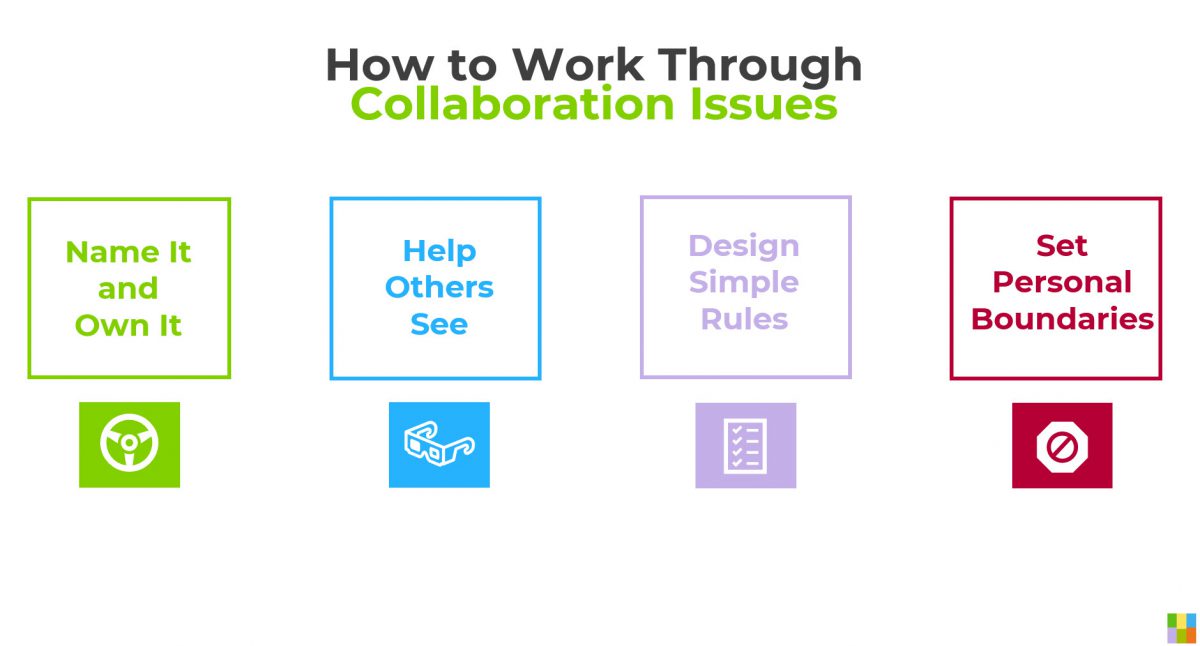Under normal circumstances, communications directors need to collaborate with their coworkers and managers, and that’s even more true now.
But collaboration is messy because people are messy! We all have our own opinions, feelings, fears, stressors, and motivators. While solving communications collaboration problems can feel impossible sometimes, if you depersonalize and get strategic in your thinking, it’s much easier to make progress.
Here’s how . . .

First, Name the Problem.
Thomas L. Friedman said “In the world of ideas, to name something is to own it. If you can name an issue, you can own the issue.”
Don’t make the collaboration problem all about you and your needs. Name it for the bigger issue it is. This is all about effectiveness and efficiency so you can achieve your mission. It’s likely about decisionmaking, delegation, and roles and responsibilities. Frame it that way instead of like you have some personal grudge or complaint.
Next, Help Others See It.
How can you make solving this problem in the best interest of others and not just you? Where is the value to others in collaborating in a different way? No matter the situation, if others see their own self-interest in solving it, you are much better off.
Now Design Simple Rules.
This is where you start to get solutions. We’ve talked about the concept and types of “simple rules” before. You are trying to change organizational culture and instill new work habits in people. That’s a lot easier following the simple rules framework. Here are simple rules for making better and faster decisions. And here are simple rules for how to get work done faster and more efficiently.
Finally, Set Personal Boundaries.
Boundaries are made up of Yes and No. If you are being strategic, you will always say No more than you say Yes. Unfortunately, many communications staff get into a servant mindset and say Yes way too much (and then wonder why they aren’t feeling strategic!). As a communications professional, you should work in service of the mission, but not as a servant to other staff or managers. There’s a big difference.
Saying No is hard, even when you know you should. There are lots of ways to say No that really sound more like “Yes, if . . .” And that’s OK, as long as you are firm about that boundary. It only becomes a true Yes when people meet what comes after the “if.”
If this step is the hardest (and for many, it is), I encourage you to read this post: Setting Boundaries So You Don’t Get Doormatted.
We’ll share advice on collaborating soon.





